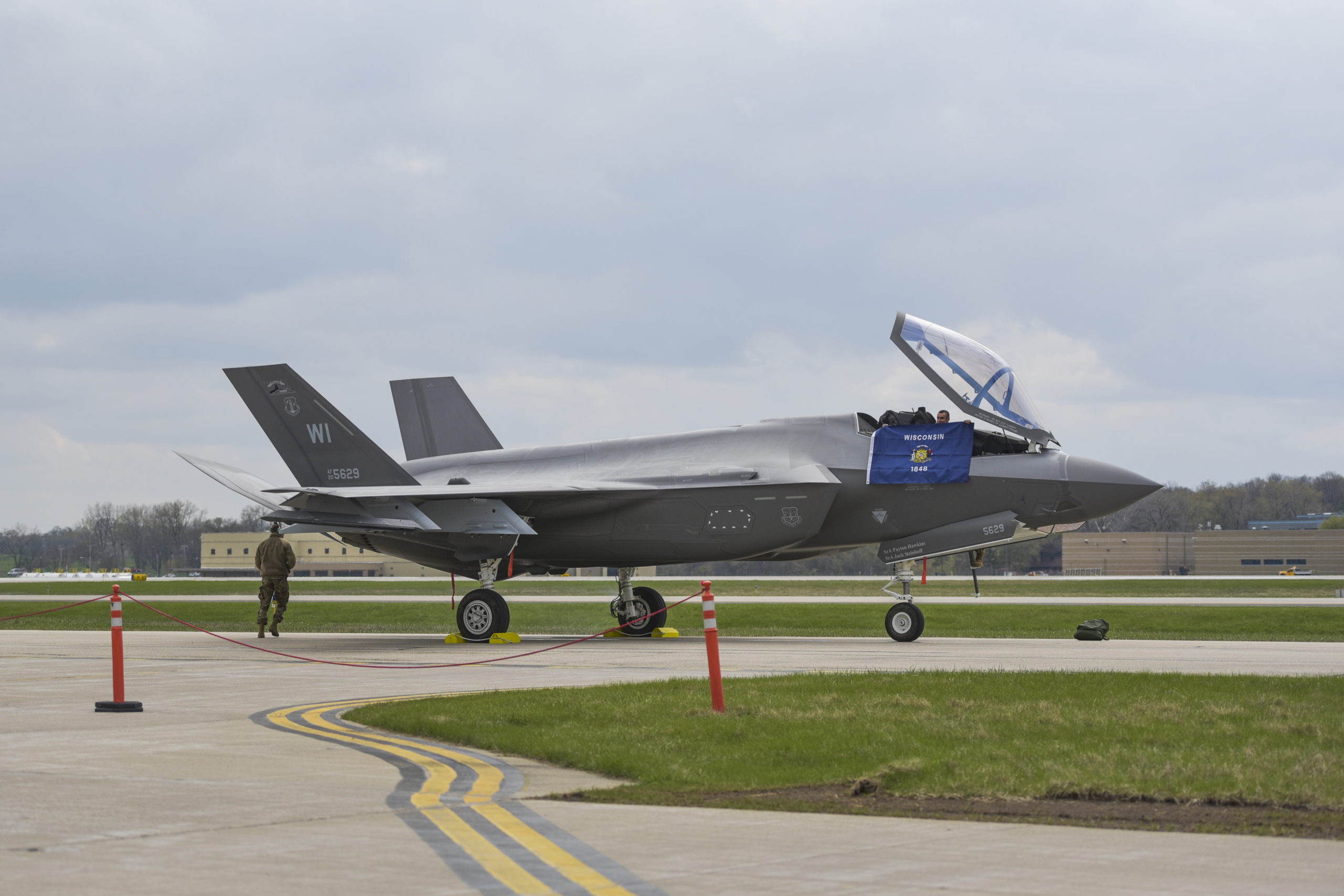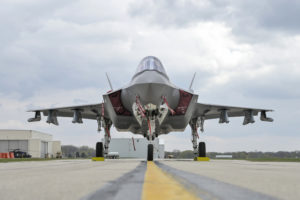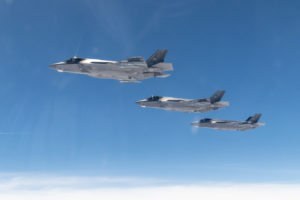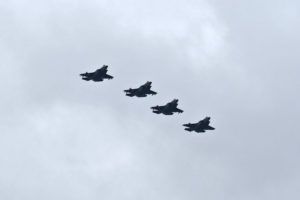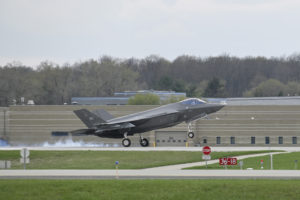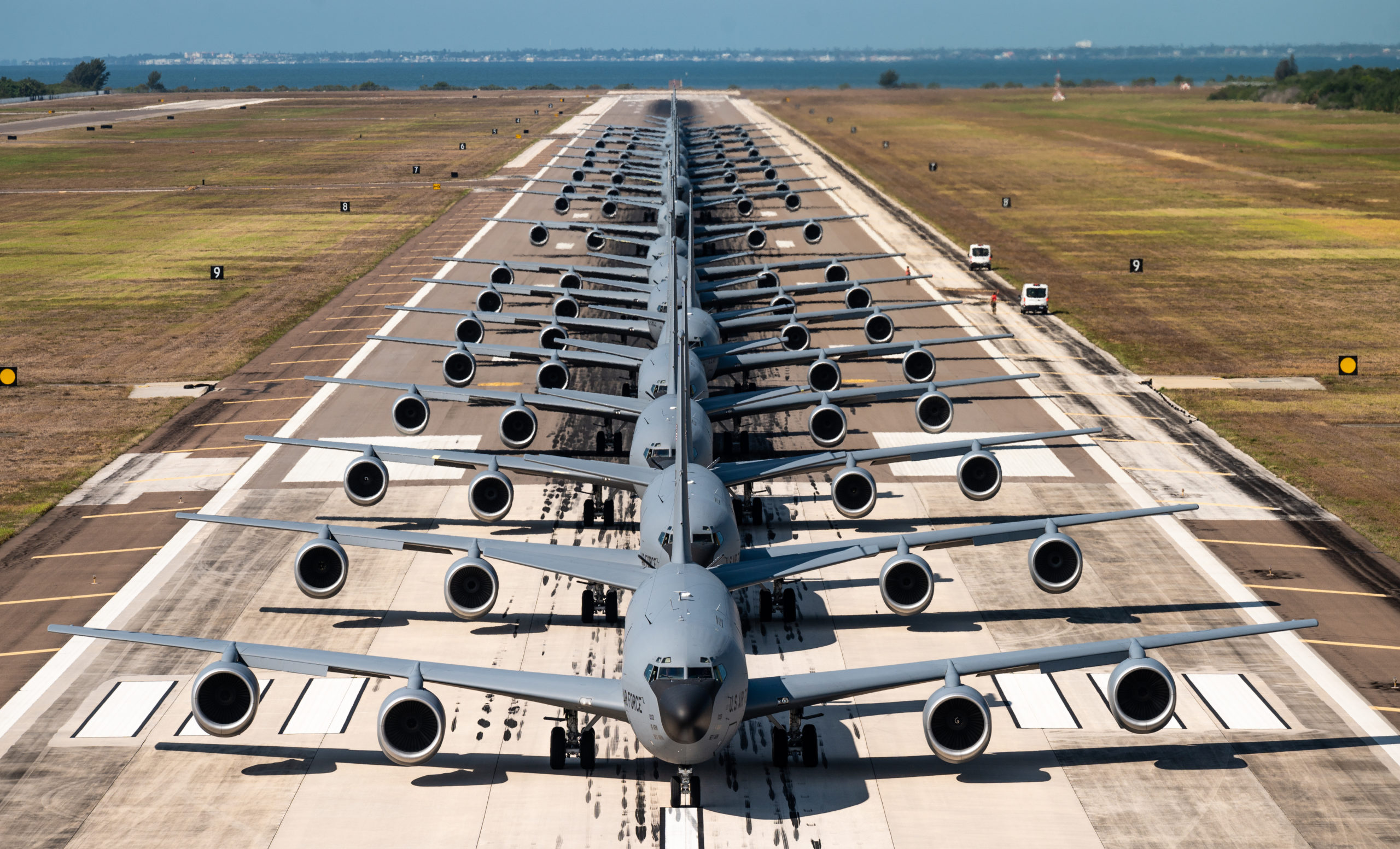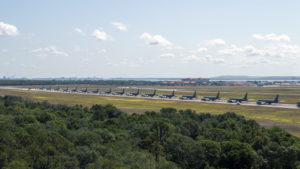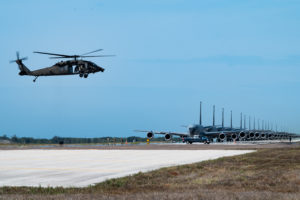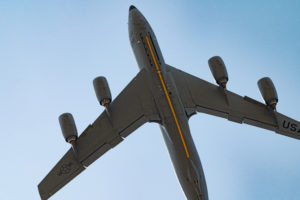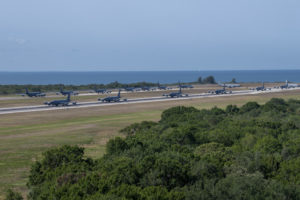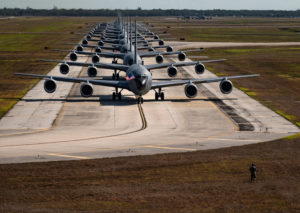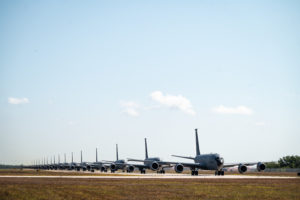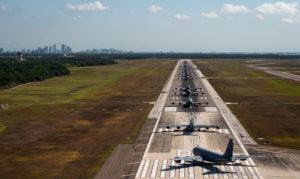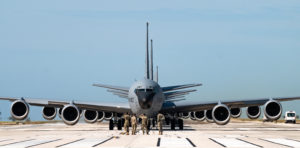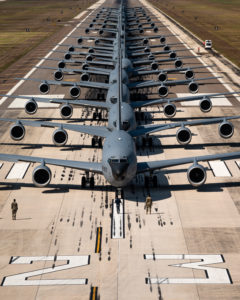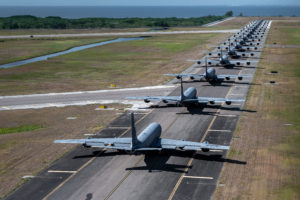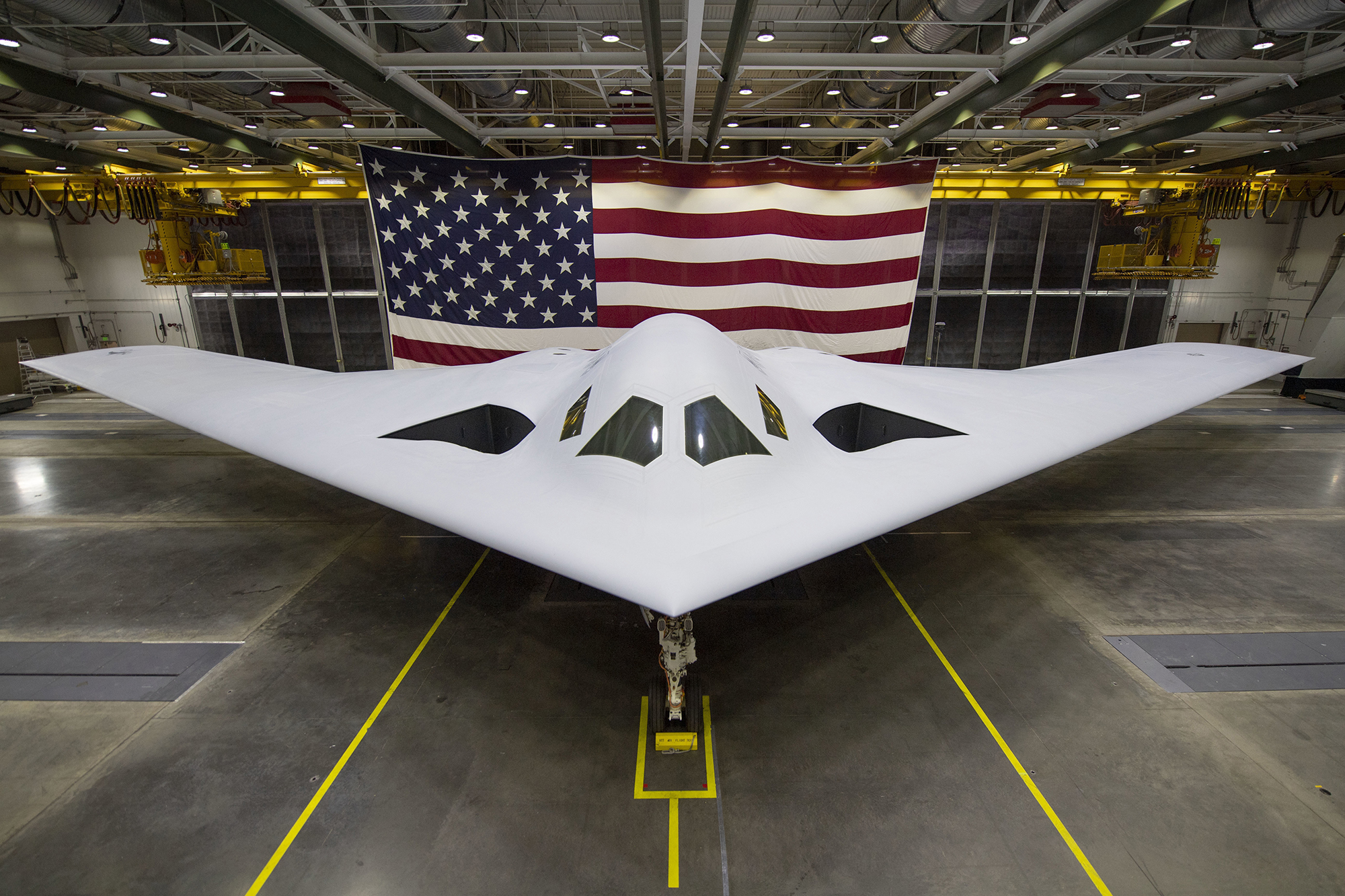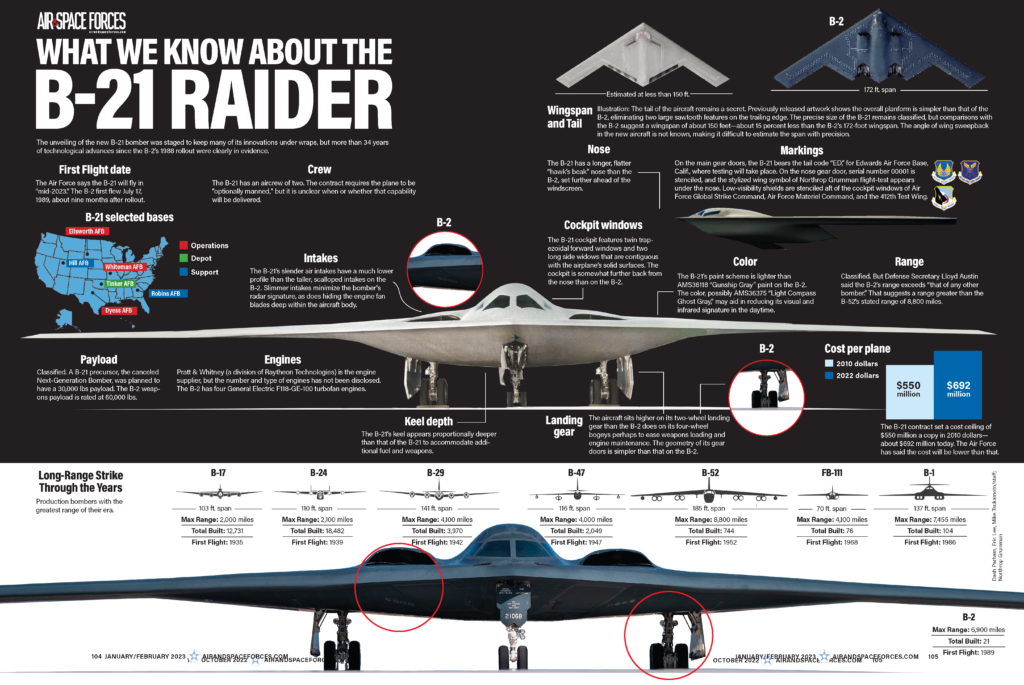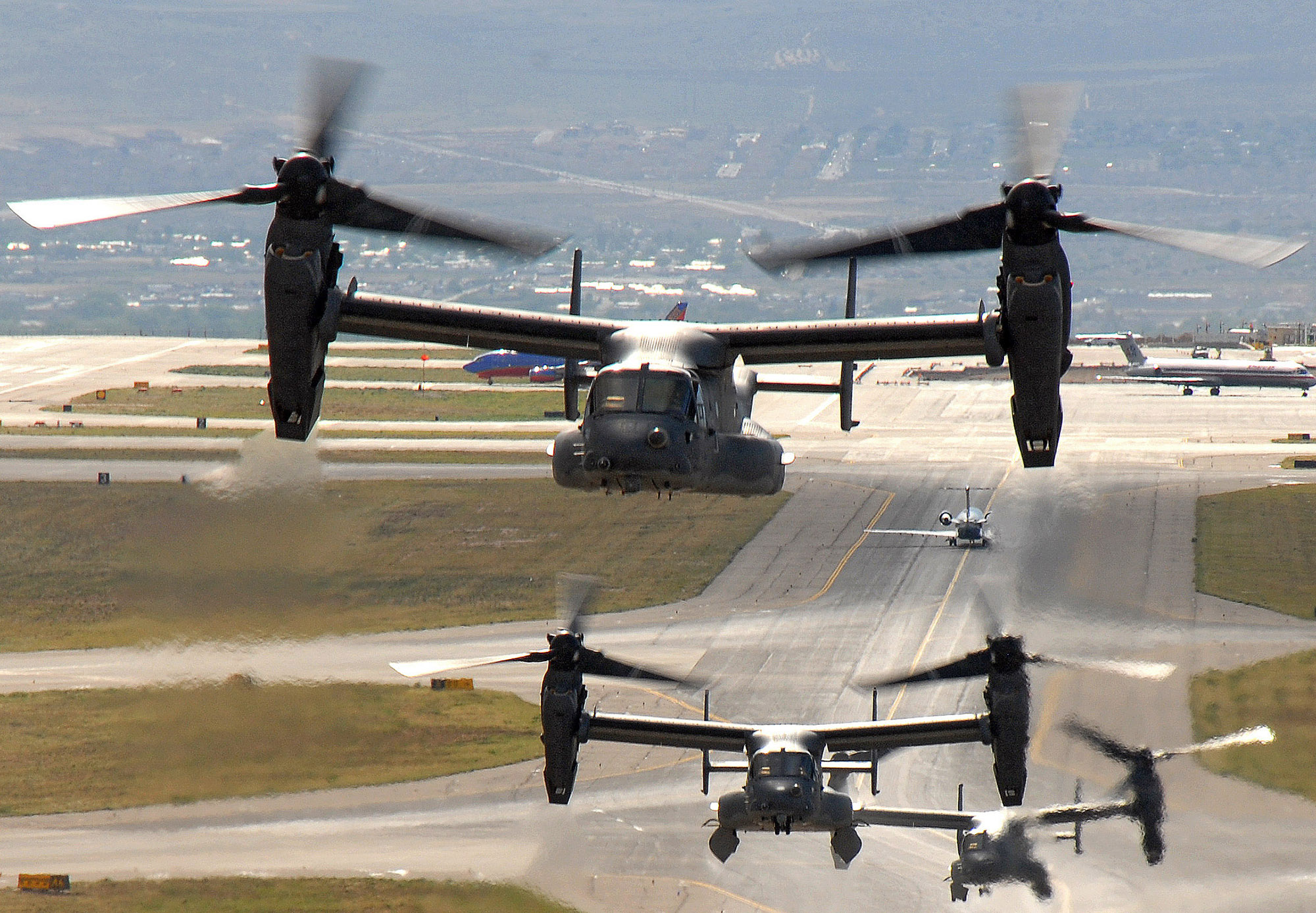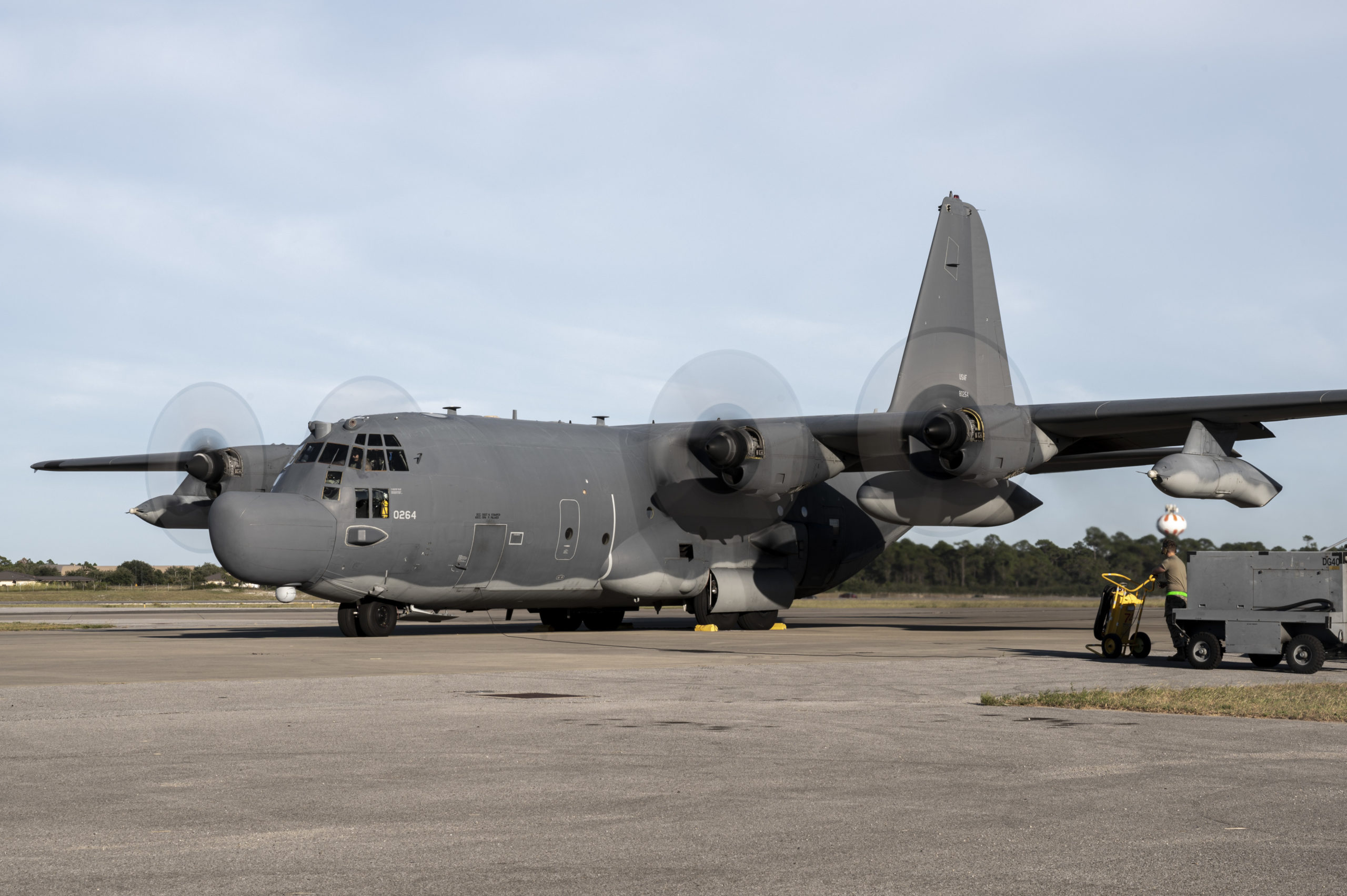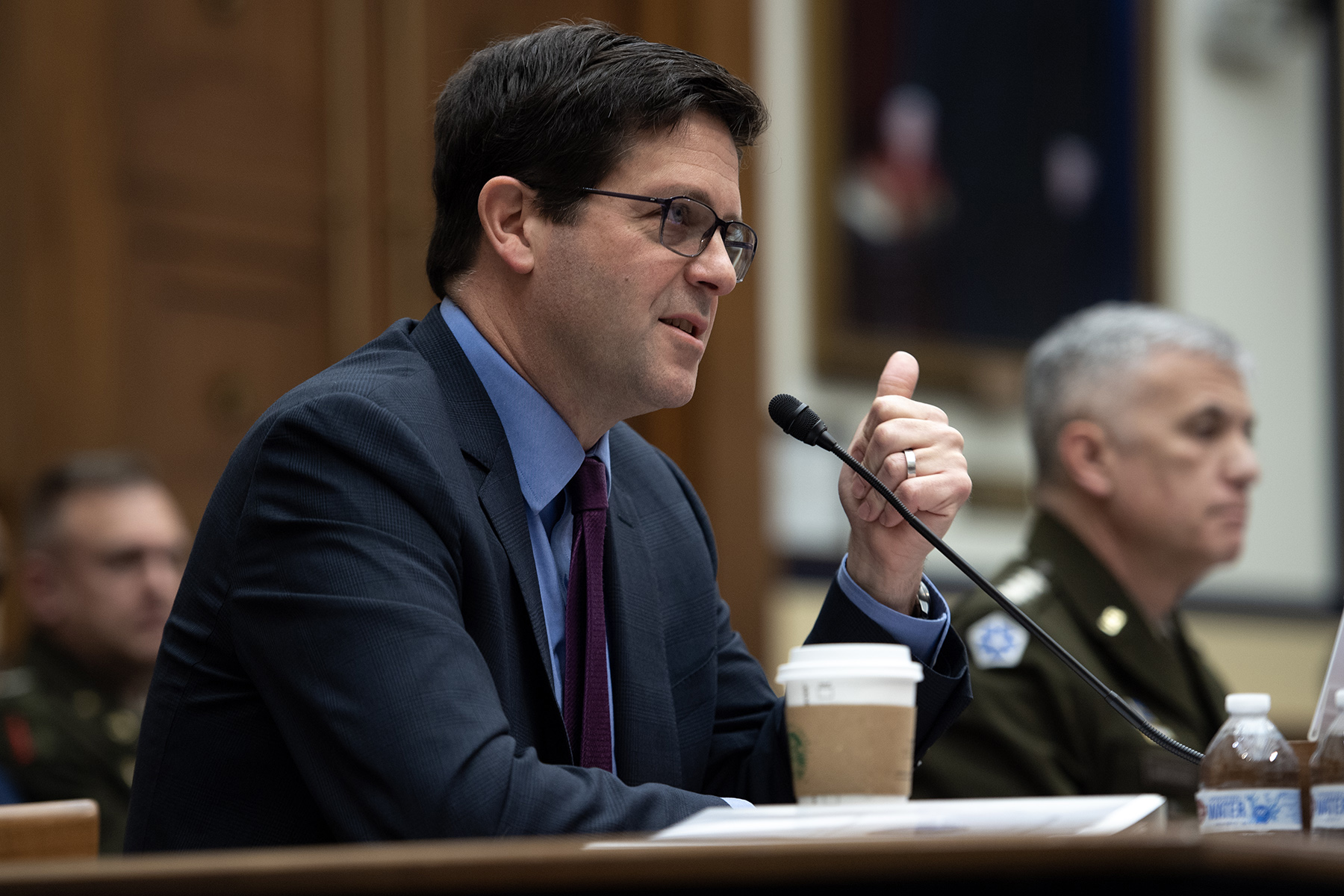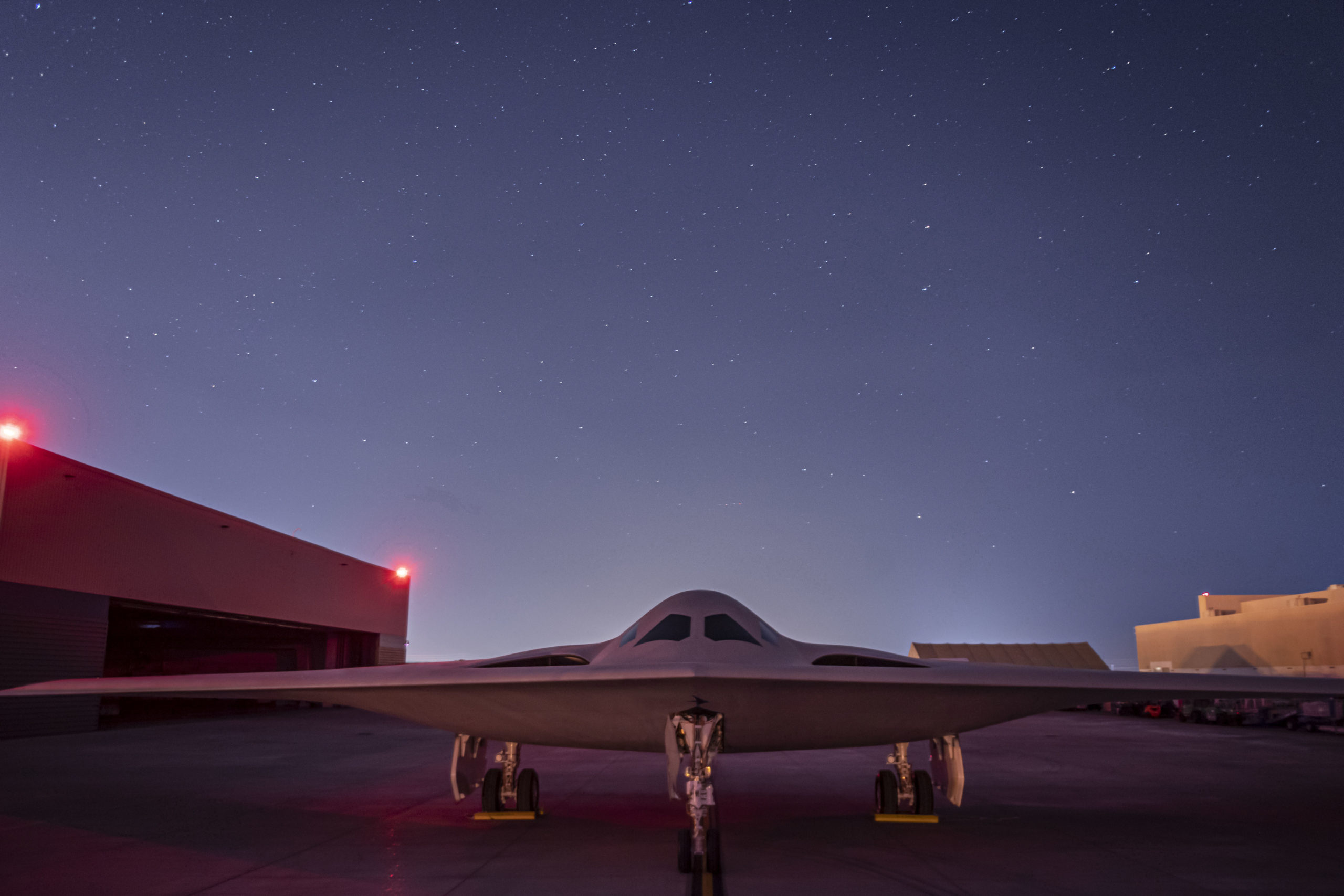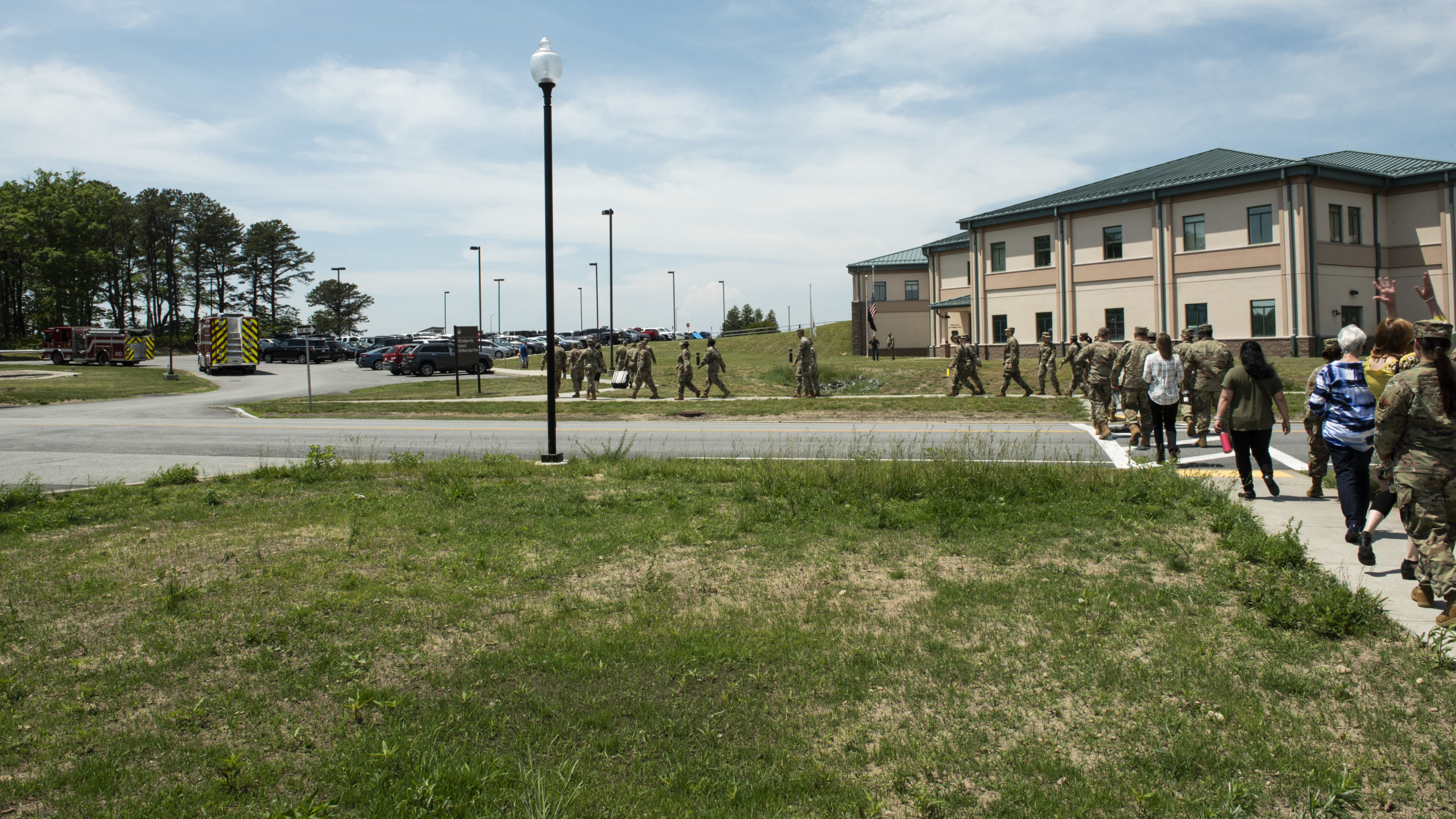A second Air National Guard unit has its first F-35s, as three of the fifth-generation fighters arrived at Truax Field, Wisc., on April 25.
The Wisconsin Air National Guard’s 115th Fighter Wing has been working toward the F-35 for years now—Truax Field was selected as one of two preferred locations for the fighter back in 2017, and an official basing decision came three years later in April 2020. The wing’s final F-16 left the base in October 2022.
“It’s with great joy and obligation that we accept this challenge today of becoming the second Air National Guard fighter wing with the F-35,” Col. Bart Van Roo, the wing commander, said at a ceremony celebrating the F-35s’ arrival. “As we take on this new challenge, with so much national and international importance, we look forward to working with you all to continue to maximize what we bring to our communities for decades to come.”
Eventually, the 115th Fighter Wing will get 18 F-35As, three fewer than its 21 F-16s.
The Vermont Air National Guard’s 158th Fighter Wing was the first Guard unit to receive the F-35 back in September 2019.
It won’t take another three years for another ANG unit to get the aircraft—Alabama’s 187th Fighter Wing is scheduled to start receiving F-35s in December. In fact, just a few days before the Wisconsin ANG welcomed its new planes, the Alabama Guard said farewell to the last of its F-16s in a ceremony at Dannelly Field.
“On this bittersweet and exciting day, we are here gathered together as a family again, for today is a family reunion,” Col. Brian Vaughn, 158th Fighter Wing commander, said at the April 21 ceremony. “And while we’re here to honor this beautiful airplane, that we’ve had for 35 years, that I’ve had the privilege of flying for 25 years, while we love that machine, that’s what it is. It’s a machine. It’s a piece of equipment.”
Still more Guard units will follow—Jacksonville Air National Guard Base, Fla., was selected to get the F-35 in 2020 and fighters are slated to be delivered in 2024. Barnes Air National Guard Base, Mass., was also selected as a preferred location for an F-35A squadron this month.
On the Active-Duty side, Tyndall Air Force Base, Fla., is slated to start receiving F-35s in September 2023.
F-35 deliveries from manufacturer Lockheed Martin resumed in March after a three-month pause in the wake of a Dec. 14, 2022 F-35B crash and a subsequent investigation into “harmonic resonance” issues with the fighter’s F135 engine.
